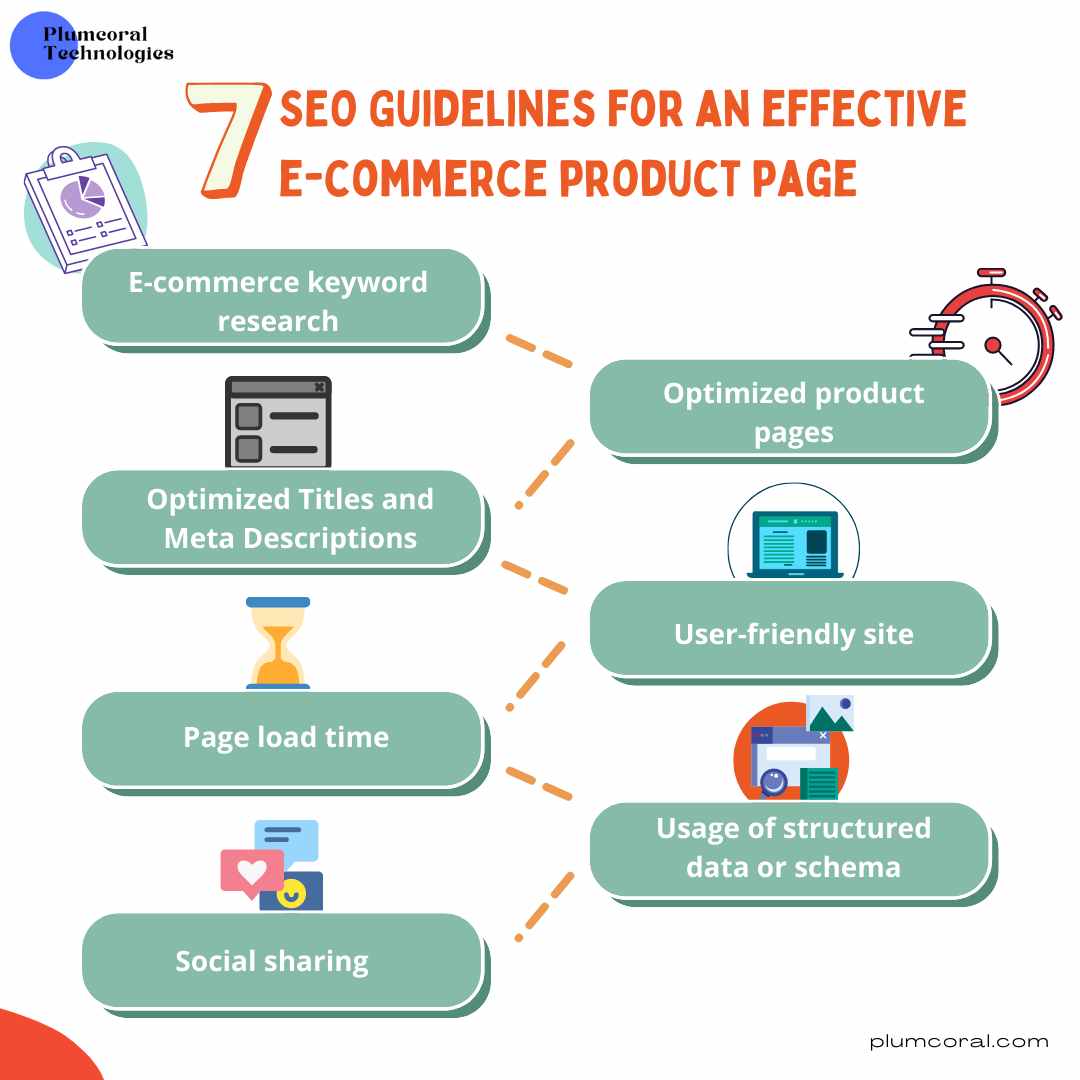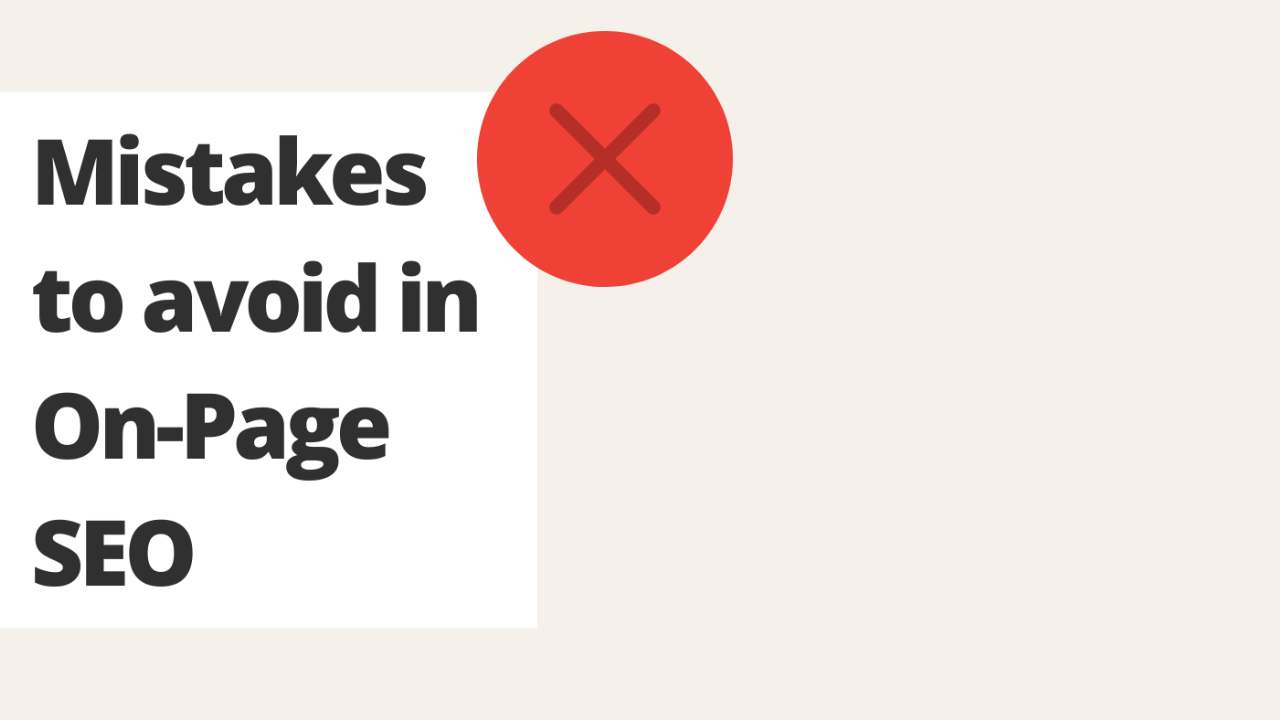
SEO Guidelines for an effective e-commerce product page
Here are a few SEO guidelines for an effective e-commerce product page
Increase your web traffic and rank in SERP by following these SEO guidelines for your e-commerce product page.
E-commerce Keyword Research: Keyword research is the substructure of every SEO strategy, especially while dealing with on-page SEO. While performing keyword research you have to also consider search volume, search relevance, and ranking difficulty.
Opting for topics that are generally used by users to search for a product instead of random keywords related to your business by understanding the buyer intent will level up your SEO strategy. Incorporate data from other channels like paid search and use it as keywords and in the meta descriptions.
Optimized Product Pages: Optimizing your product pages will help you in getting a higher rank in the SERPs. It is important to focus on optimizing the product description, images, and reviews.
- Product Description: Writing a keyword-rich description by including keywords and adding CTAs (Call To Action) would increase the impression of your product descriptions.
- Images: Adding multiple unique and high-quality images with the right alt tags and keywords would drive more traffic. The usage of good quality images tells a lot about your product to the audience.
- Reviews: A lot of consumers rely on reviews, it gives them trust as the review is coming from another consumer just like them. Genuine reviews from customers give information that is helpful for consumers to decide whether to buy the product or not.
Encouraging the customers to rate the product or leave reviews by sending automated messages after they receive the product will build trust in your site. Other facts that are to be considered in a product page: Make sure to include all the details and information about the product and its image. Include shipping details and at least one CTA on the product page.
Optimized Titles and Meta Descriptions: Title tags and meta description has always played a crucial role when it comes to SEO. It is more important to optimize title tags and meta descriptions on e-commerce sites. Include product details such as name, brand, model no., and other necessary information regarding the product.
Repeating the same product description for all the products is a huge mistake and it usually misses so many opportunities. Unique description for each product generally encourages the customer to click on your site to know more which will lead to an increase in traffic.
User-friendly site: UX (user experience) is not always about making a visually appealing and well-designed website. UX defines the quality of the experience, like the ease of use that the user gets while surfing through your website.
A lot of things can make your audience annoyed like:
- A clumsy site that is not easy to navigate
- Ads that interfere with the view of content.
- Lack of CTA buttons
- Site taking more time to load
- Not maintaining a consistent style

Page load time: Page speed is an important ranking factor. Optimizing the product page for mobile will provide a better user experience for the audience. Fast-loading pages will keep your audience’s excitement level intact as many audiences tend to close the slow-loading web page tab before the content shows up. And the fast-loading site wins automatically which will help in increased traffic and sales and decreases your page bounce rate.
Too much content and too many scripts can slow down page load time. Images also take more time to load. The server and host of the site can also be a reason for slow page load time. It is always better to use compressed files and optimize your images.
Usage of structured data or schema: Structured data paves a way for search engines to analyze the images and content and to accurately display the content in the SERP.
All product pages must include product and review schema so that the page can drive more clicks and impressions and it will also increase sales.
Social sharing: Making it easy for the consumer to share the products in social media will directly lead to an increase in brand exposure and increase visibility. It will also help in improving local SEO and increase backlinks.







